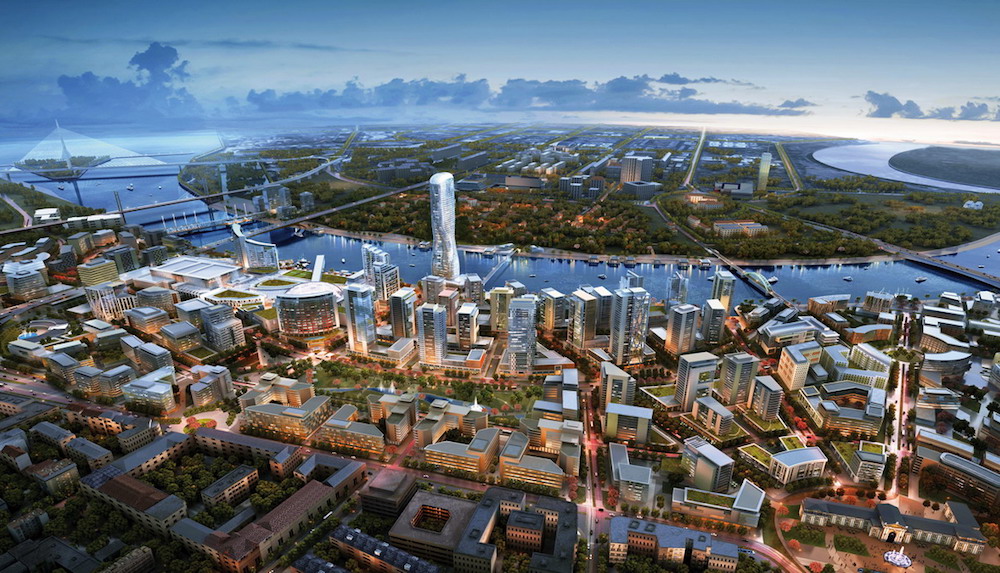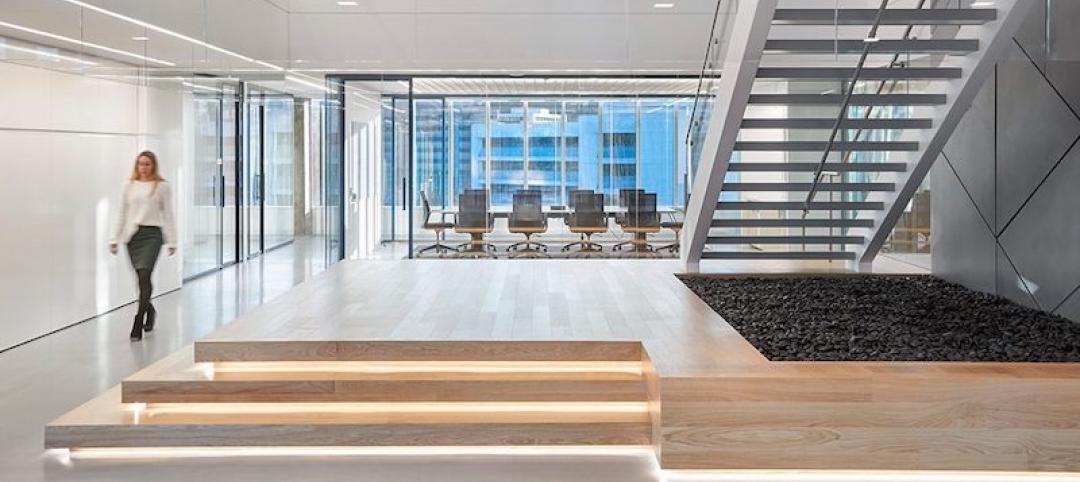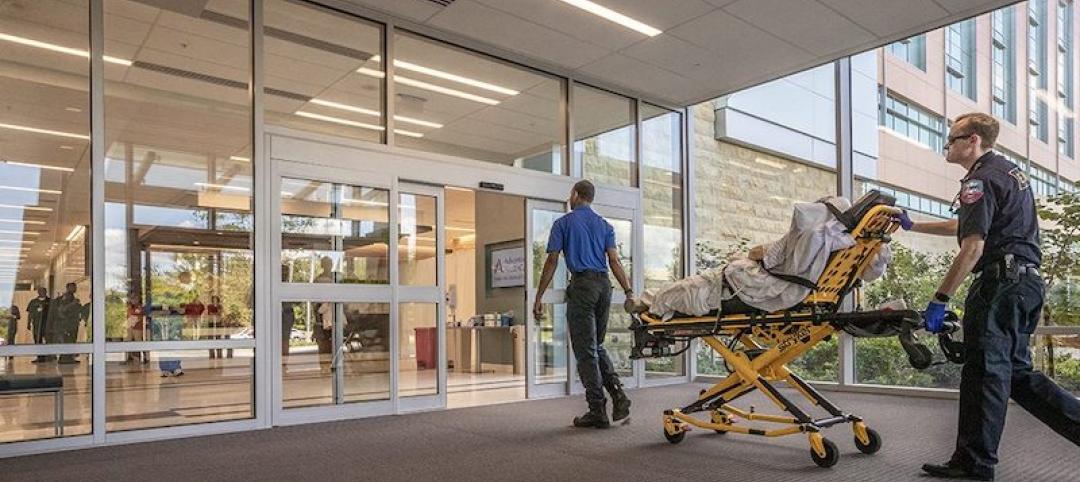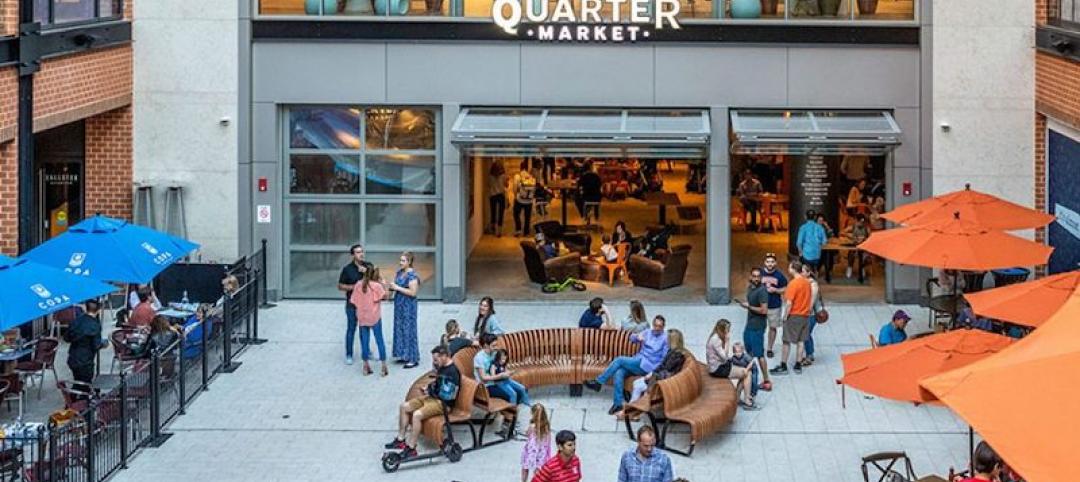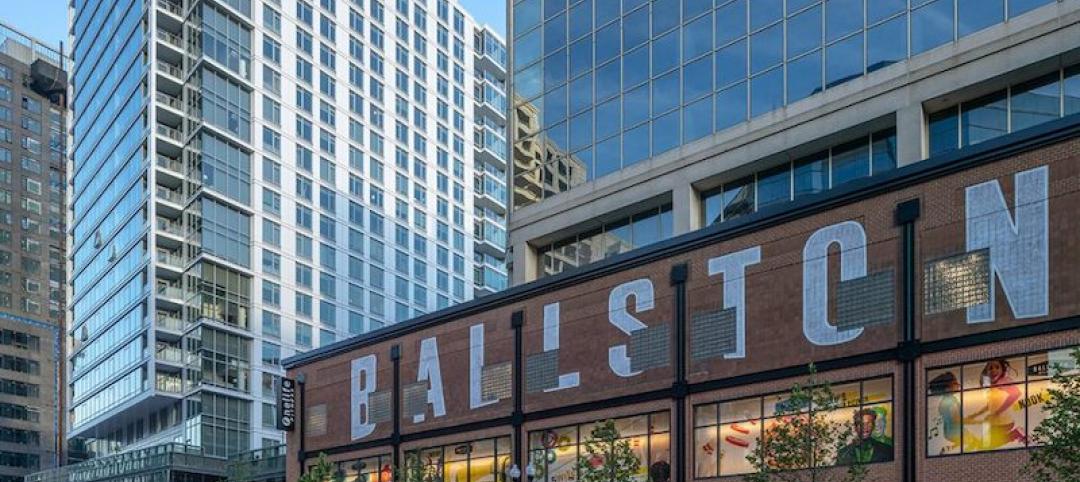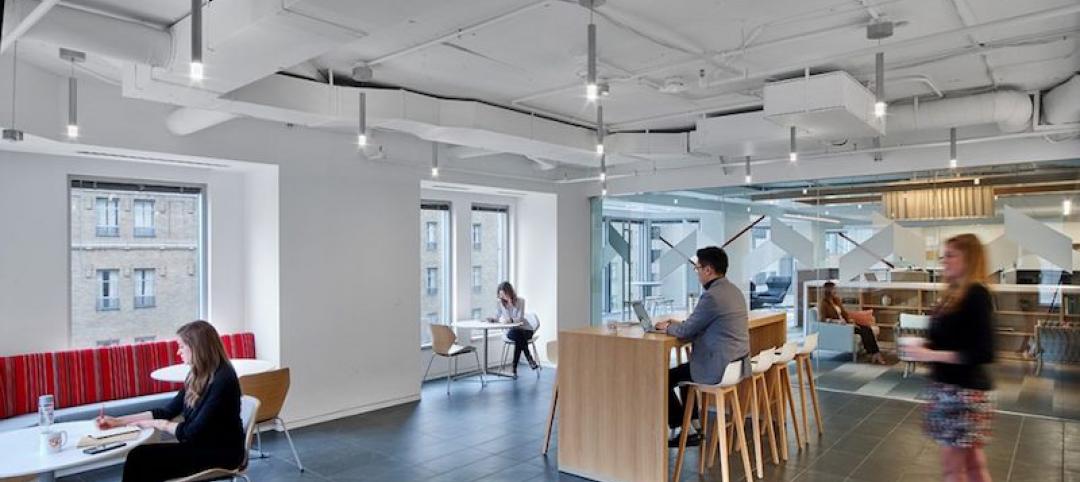Development of large-scale urban regeneration projects is at an all-time high across Europe. From a professional point of view, the unstoppable and accelerated process of urbanization is impossible to ignore, and inevitably draws my attention to cities with their innumerable challenges and opportunities, specifically on the centrally located, dormant ‘brownfield sites’.
As CallisonRTKL contributes to this growth with a number of significant urban regeneration developments in some of Europe’s largest and most diverse cities, a key question we need to ask is: what makes these places successful?
In almost every city you visit, there is an increased awareness from the general public about the urban realm, possibly caused by the fact that more people today live in cities than ever before. Additionally, frequent international travel puts these places under greater scrutiny, prompting us to compare each city with one another. This is compounded by aggressive city-by-city marketing in the media and competitive ranking that further provokes analysis and competition.
Exponential urban growth sparked by the Industrial Revolution led to numerous large monofunctional industrial districts that now lay abandoned in the heart of many cities. But problem and opportunity go hand in hand, and the new economic model with its focus on services, innovation, creativity, and high-skilled labor is now extremely reliant on these areas for living and working.
These once obsolete brownfield sites are prime locations that offer secure investment and yield. Often, even before a planned transformation is activated, they attract a creative and skilled labor class that prefers (or can afford) the intensity of urban life. And due to the success of many well-known urban transformations, many people now expect these areas to address and overcome many notorious urban challenges like unemployment, changing demographics, complex mobility demands, stagnating economies, and even climate change.
Of course, there may be a downside to this as well. Increasing the density of cities has substantial implications for society, often adding strain to public services that are already pushed to their limits. Crowded metro lines and stations, increasing incompatibility between vehicles and bicycles, etc.
Just what are the limits of urban density? Will history repeat itself and will we once again abandon our city cores because they are overcrowded, unhealthy and unsafe?
After the success stories of urban regeneration developments such as Bilbao’s Ría 2000, London’s Canary Wharf, and Barcelona’s Universal Forum of Cultures, it seems that almost every well-respected European city is looking for its own piece of the pie. And it’s no surprise, as a successful urban transformation can unlock the real value of an urban wasteland, improving the city’s image and attracting new business and investment. It can boost culture, architecture, art, and innovation while offering something new for city inhabitants and tourists alike.
What triggers regeneration and what factors make it a success or a failure? These questions are especially pertinent in Eastern Europe, where the need for a renewed economic boost in cities is even greater than in Central Europe.
One of the most important factors of success is recognizing the complexity of these developments – more often than not, the larger the project, the greater the number of challenges. Much like a biological ecosystem, a city’s urban tissue is enormously complex, with many stakeholders, existing infrastructures, site contamination, public and private collaborations, planning procedures, and financing formulas.
The Serbian capital of Belgrade in Eastern Europe is one of considerable sensitive complexity, as the country transitions from a history of legal frameworks, complicated approval processes, and large public companies with rigid regulations into a new socio-economic context with new rules and regulations. Our master plan design for a 100-hectare contemporary waterfront site is addressing these issues, but most importantly it must also address some important cultural differences while informing a population eager to exercise its newly gained democratic rights. In this case, urban design should be for and with the people. In response, our master plan provides accessible and high quality, diverse public community spaces to turn an inhospitable ship breaking yard into a two kilometer publicly accessible, multifunctional waterfront. It also reconverts industrial heritage as central cultural spaces in the spatial structure. The next step will be public communication and further involvement in the development.
This project shows that the most important thing to get right is the human factor, since working in the heart of the city means working with the identity and the “genius loci” of the site, which remains in the hearts and memories of many citizen.
Conversely, a recent example that shows what happens when the human factor is ignored is the Taksim development in Istanbul, in which the failure to engage the public and media in a proper debate led to demonstrations and civil unrest.
Our recent experience in Sloterdijk, Amsterdam demonstrates that even a well located and highly accessible site can fail to attract people and cause serious economic problems due to a lack of proper identity. The key factor in turning this around is to focus on people and make the area an attractive place in which to live, work, and play.
Working collaboratively with a diverse group of stakeholders, we established that this area needed an urban space to act as the heart of a new community with a diverse population that gradually occupies a new, dense, and mixed program of uses. Eventually people will drive the revitalization of the district.
The way in which we live, work, and play has changed. Yet some enduring factors survive the test of time. From Rome to Belgrade, the invaluable and essential power of human involvement is evident in every successful urban regeneration project. When redeveloping widely used civic spaces, deeply embedded in the hearts and minds of people and communities, it’s imperative that urban design professionals get this right. Identifying the most important factor is the easy bit. It’s making it work that’s the challenge.
About the Author: Edgar Kiviet, RIBA, is a Senior Associate Director with CallisonRTKL. Edgar’s experience in master planning and urban design is influenced by a steadfast design philosophy: that now, more than ever, enlightened planning and design is essential to the continued health of people, our cities, our communities and the planet. In his work with land and asset development, regeneration and sustainability initiatives throughout the world, Edgar responds to the broad challenges faced by today’s urban areas with equal measures of innovation and pragmatism.
More from Author
CallisonRTKL | Dec 20, 2021
Digital nomads are influencing design
As our spaces continue to adapt to our future needs, we’ll likely see more collaborative, communal zones where people can relax, shop, and work.
CallisonRTKL | Jun 30, 2020
The great reset and our new work life
As many countries begin to return to the office, it’s a chance to ask ourselves: what do we truly value?
CallisonRTKL | May 4, 2020
How working from home is influencing design
The lessons learned in the next few months can help shape how we work and design in the future. For now, remote work is different – and our new normal.
CallisonRTKL | Feb 26, 2020
Sustainability in a material world
The concepts of embodied carbon, zero waste, and deconstruction and reuse often run on parallel tracks.
CallisonRTKL | Jan 30, 2020
The complex dance of healthcare transitioning
Hospital employees, though excited about technological advancements, are expected to navigate a new workplace and care for their patients at the same time, all while training on new equipment and navigating a new building.
CallisonRTKL | Jan 6, 2020
Retail re-invention: Five questions to ask
Why have some malls survived their long-predicted demise, thriving and bumping with new generations of shoppers, while others have been relegated to the ash heap of deadmalls.com?
CallisonRTKL | Aug 6, 2019
Saving the American mall in 5 steps
CallisonRTKL Vice President Marc Fairbrother explains how struggling American malls can turn it all around.
CallisonRTKL | May 29, 2019
Smart buildings can optimize wellness
Employees want wellness initiatives built into their work experience, especially when they’re in spaces that can leave them feeling stiff, stressed, and sick.
CallisonRTKL | Apr 5, 2019
2019 trends in the workplace
From retention and career advancement to the ethics of inclusion and diversity, these five trends will play a major role this year in design, strategic planning and workplace development.
CallisonRTKL | Jan 28, 2019
9 tech trends to track in 2019
Innovations in voice recognition, cognitive neuroscience, and biometrics are among the trending tech topics for 2019, according to CallisonRTKL's Kristin Tilley.

